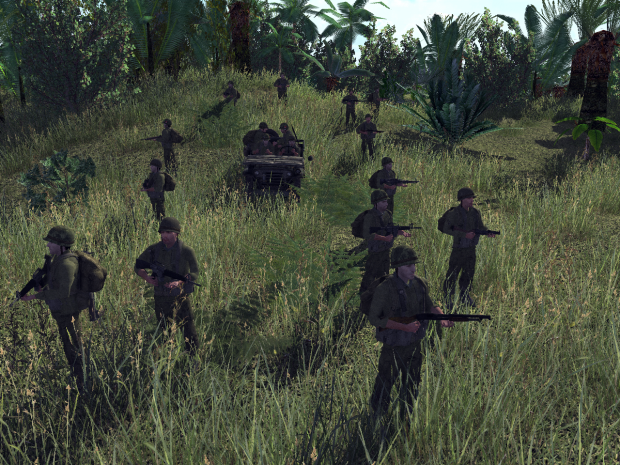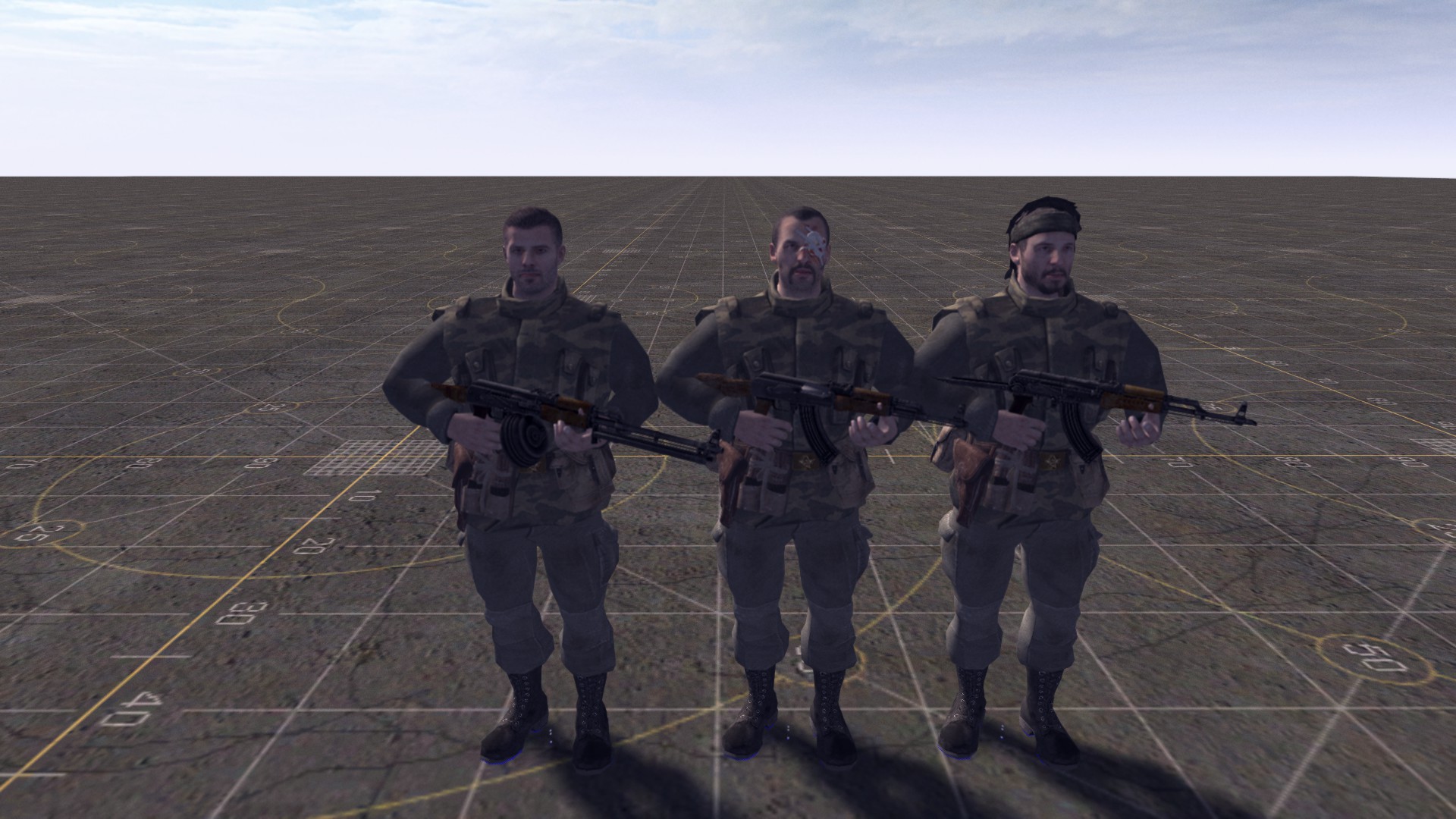

He was shot in the back while laying an airplane runway on a Pacific island. One of the other medals went to another City Islander, Gerald Knapp, Jack's brother-in-law. On the way, Jack Clancy earned two of the several Purple Hearts that family members have received for combat wounds. On D-Day in 1944, he and his crew did predawn sweeps of the waters off Normandy. Clancy's father served two years as a carpenter's mate on a minesweeping boat, one that he had helped build at his City Island boatyard. He didn't have to serve, but after Pearl Harbor he and his brother Jack, who also lived on City Island, volunteered. had a wife and two children and worked at one of the island's many boatyards, which the government deemed an industry essential to the war. Upon America's entry into World War II, William P. Clancy's family has lived in this neighborhood since 1935, when his father, William P., who had immigrated from Limerick, Ireland, several years before, moved with a relative into a bungalow there. Carman's great-grandfather, Caleb Carman, a sailor who he said had died in the Civil War while fighting on the Monitor, the Union warship. Dave Carman, a Vietnam vet and a neighbor of the Clancys, said the cemetery contains the graves of local veterans from every major American conflict up to the gulf war, including Mr. The parade also stops at Pelham Cemetery. The monument bears a plaque naming 18 men of the island who died in World War II. Each year, a well-attended Memorial Day parade winds the mile-and-a-half length of the island from Belden Point to a granite monument near the City Island Bridge. But out at the neighborhood's edges, where the interior streets meet Eastchester Bay and Long Island Sound, seagulls squat on the tops of garages and the breezes sting of salt. Some of the nautical patina feels themed and kitschy, especially in the newer shops. The island has a seaside air, and in summer and on weekends, tourists crowd Sammy's Fish Box, the Crab Shanty and dozens of other local restaurants. A Photographer’s Journal: A look at 20 years of war in Afghanistan, chronicled through one Times photographer’s lens.Face to Face: A Times reporter who served as a Marine in Afghanistan returned to interview a Taliban commander he once fought.On Patrol: A group of Times journalists spent 12 days with a Taliban police unit in Kabul.Our reporter and photographer witnessed it. Inside the Fall of Kabul: In the summer of 2021, the Taliban took the Afghan capital with a speed that shocked the world.''Families want to show their equality, their belonging. ''The spilling of blood has always been a way of proving citizenship,'' said Elihu Rose, a professor of military history at Columbia and New York Universities. One reason New Yorkers rush to don uniforms is that so many are immigrants. In World War II, Governors Island, the Brooklyn Navy Yard and Floyd Bennett Field were aswarm with departing troops. Almost every doughboy who left for Europe in World War I sailed from Hoboken, N.J., or New York. Historically, New York has also served as a hub of deployment. That's about 25 percent more city residents than would have signed up if they did so at the same rate as all Americans. Last year, 4,000 New Yorkers joined the Army out of a national total of about 111,000. The bulk of those recruits come from the city. ''New York is one of the most highly represented states in the military,'' said Tracy Heil, a spokeswoman at Fort Hamilton in Brooklyn. After Pearl Harbor, Life magazine was famous for showing the long lines of boys signing up to go overseas. ''We had plenty in the American Revolution, and we lost more than anyone in the Civil War. ''New York has long been a source of soldiers,'' said the historian Kenneth Jackson, whose specialty is the city. There is a murmur around town: the whispered prayers of Chinese mothers, Nigerian brothers and Dominican uncles for the safe return of the soldiers in their families. Once again, New York families like the Clancys are offering their youth against an enemy of America.

''We serve when called, and then we go back to our real jobs.'' Clancy, 64, a tall and ruddy-faced Vietnam-era veteran who compares his family's service to the American Colonials who dropped their plows to fight in the Revolution.

''We are citizen-soldiers,'' said Gregory's father, William G. Clancy, 24, is on high alert with his Marine Corps unit in North Carolina and expects at any time to be sent to fight the Taliban. Another stormed a beach in Normandy on D-Day and ended up posing for a picture in Hitler's captured Alpine retreat. Even though one of their male relatives is buried in a mass grave near the Argonne, the forest in France where thousands of soldiers died in World War I. THE Clancys of City Island in the Bronx do not consider themselves a military family.


 0 kommentar(er)
0 kommentar(er)
